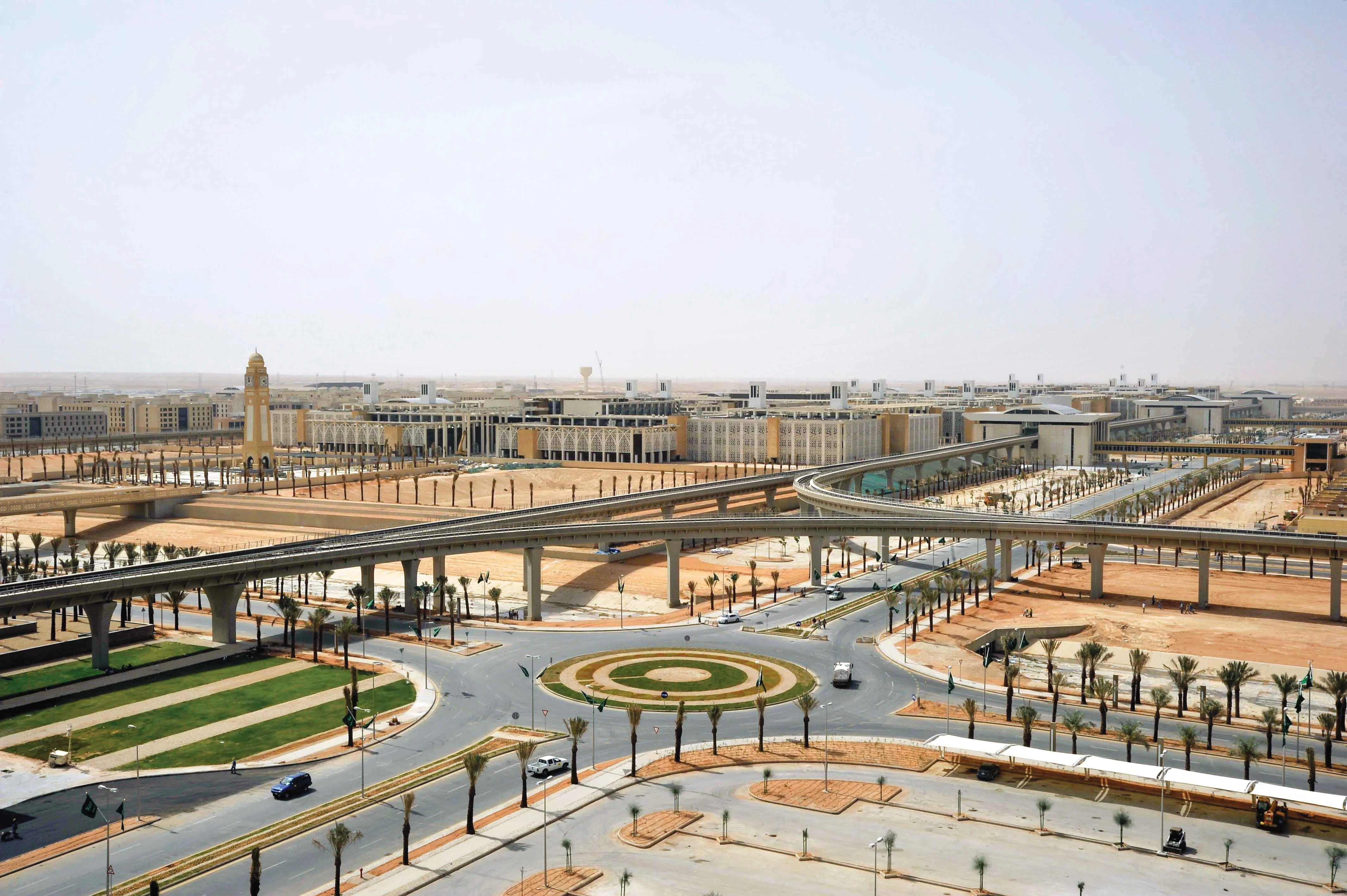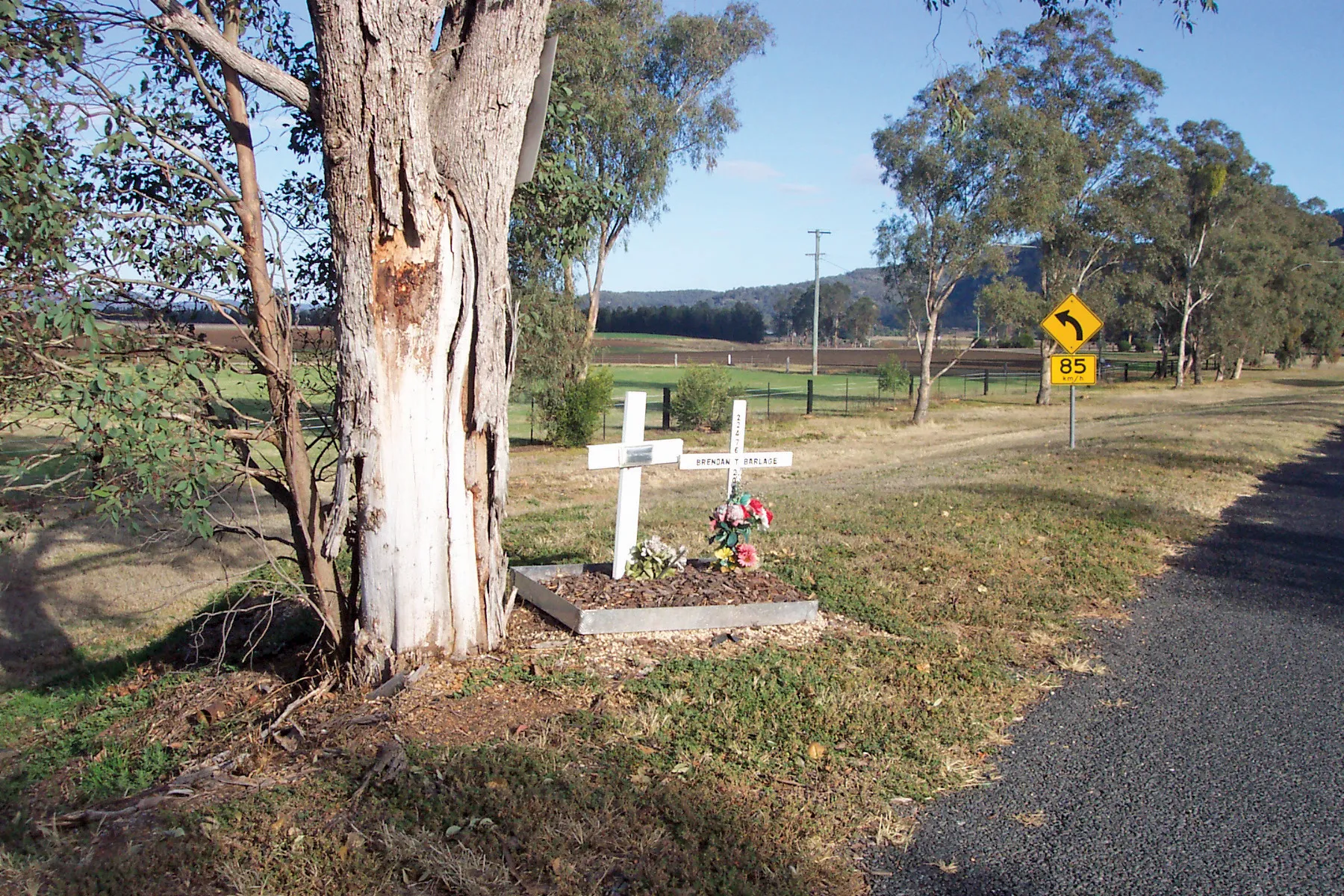UK city Aberdeen was yesterday presented with an EU sustainable mobility award. The city won the 2012 Sustainable Urban Mobility Plan (SUMP) Award. The video shows more about the winning city and provides a glimpse of its cutting-edge achievements in the field of sustainable urban mobility.
March 7, 2013
Read time: 1 min
UK city Aberdeen was yesterday presented with an EU sustainable mobility award. The city won the 2012 Sustainable Urban Mobility Plan (SUMP) Award. The video shows more about the winning city and provides a glimpse of its cutting-edge achievements in the field of sustainable urban mobility.









